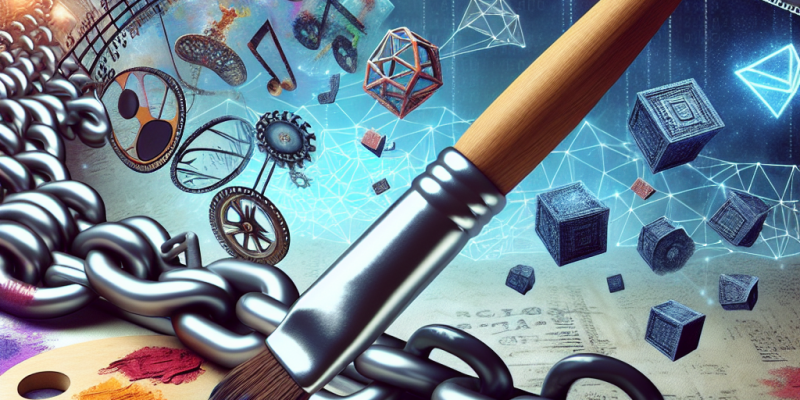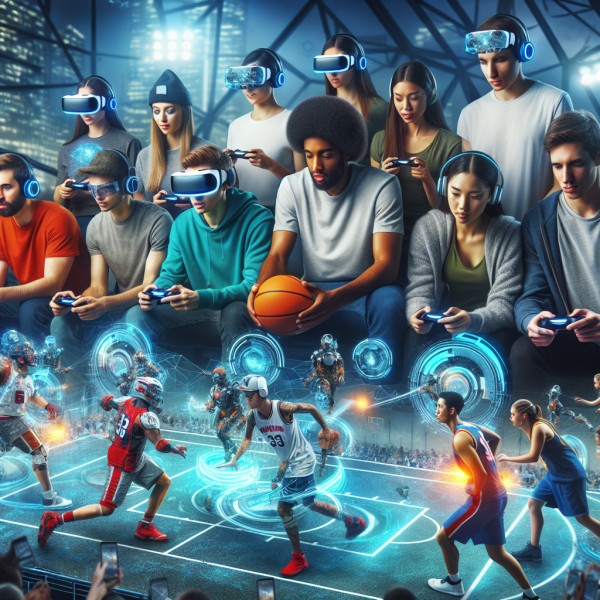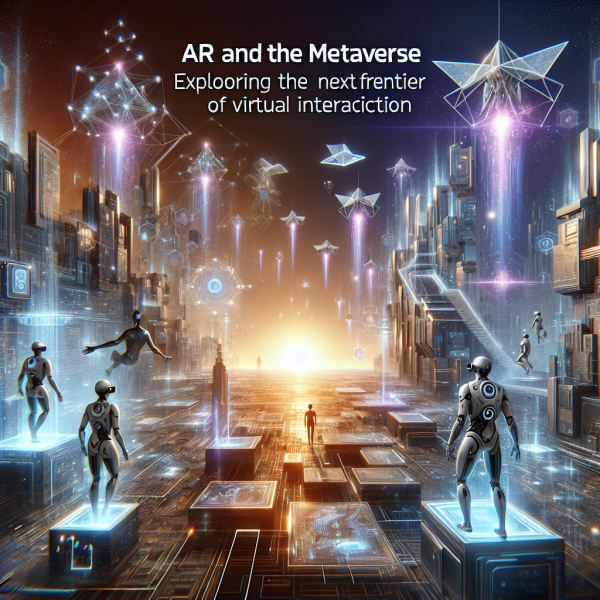Creative Solutions: How Blockchain is Disrupting the Art and Entertainment Industries

Creative Solutions: How Blockchain is Disrupting the Art and Entertainment Industries
The advent of blockchain technology has reverberated through various sectors, but perhaps nowhere is its impact felt more vividly than in the art and entertainment industries. By providing innovative solutions to age-old challenges, blockchain is not only reshaping how content is created, distributed, and monetized but also democratizing opportunities for artists and creators around the globe. This article explores the creative solutions that blockchain offers, the current transformations taking place, and the future potential of this disruptive technology.
The Digital Transformation of Art and Entertainment
Traditionally, the art and entertainment industries have been characterized by intermediaries—agents, galleries, record labels, and publishers, to name a few. These entities often take a significant percentage of profits, maintain controls over distribution, and enforce various gatekeeping roles. As a result, the creative voices of individual artists and entertainers can get diluted or overshadowed.
Blockchain technology, a decentralized digital ledger system, eliminates many of these intermediaries and introduces a new paradigm for ownership and royalties. By offering a secure and transparent way to track provenance, ownership, and transactions, blockchain introduces several pivotal changes in these fields.
Non-Fungible Tokens (NFTs): Ownership Redefined
One of the most significant innovations in the art world has been the rise of Non-Fungible Tokens (NFTs). Unlike traditional cryptocurrencies such as Bitcoin or Ethereum, NFTs represent unique digital items, such as artwork, music, or videos. By leveraging blockchain technology, artists can tokenize their work, establishing verifiable ownership and authenticity. This not only protects intellectual property but also allows creators to maintain a direct connection with their audience.
The success of platforms like OpenSea, Rarible, and SuperRare has demonstrated the appetite for digital collectibles. Artists can now sell their work directly to collectors without relying on galleries or auction houses. Moreover, through smart contracts, creators can receive royalties every time their work is resold, ensuring a continuous revenue stream that was previously unattainable in conventional art markets.
Democratizing Access to Content
Blockchain’s role in democratizing access to the entertainment industry is equally groundbreaking. Streaming platforms, for instance, have often relied on centralized models that favor major labels and distributors, leaving independent creators struggling to gain traction. Blockchain offers the potential for decentralized streaming services, where artists can distribute their music directly to fans while keeping a greater share of the revenue.
Platforms like Audius and Ujo Music are pioneering this approach, allowing independent artists to upload their music directly to their fans without fear of censorship or unfair royalties. By eliminating intermediaries, these platforms empower creators and enhance the relationship between artists and their audiences. Fans can even gain tokens for their engagement, fostering a sense of community and shared ownership.
Transparent Royalties and Rights Management
Another significant challenge in the art and entertainment industries has been the opaque nature of royalty distribution and rights management. Artists often find it difficult to understand how much they are owed, who is profiting from their work, and where their money is going. The introduction of blockchain to this space brings unprecedented transparency.
With digital contracts written in code, every transaction and use of a creative work can be recorded on the blockchain. This means that all stakeholders—artists, producers, distributors—can see the complete history of a work’s circulation and earnings. As a result, artists can expect to receive fair and timely payments, diminishing the concerns surrounding exploitation and misappropriation of rights.
Challenges and Considerations
While the potential of blockchain technology in art and entertainment is exciting, several challenges remain. The technology still faces regulatory hurdles in many jurisdictions, paving the way for uncertainty. Additionally, environmental concerns surrounding the energy consumption of certain blockchain networks, particularly those that utilize proof-of-work algorithms, have sparked debates about sustainability.
Furthermore, the hype surrounding NFTs has also led to market volatility, creating boom and bust cycles that can be detrimental to artists and collectors alike. Education remains paramount; both creators and consumers must understand the intricacies of blockchain technology to make informed decisions.
The Future of Blockchain in Creative Industries
The future of blockchain in the art and entertainment sectors is promising but will require careful navigation. As more artists, creators, and even traditional institutions embrace this technology, we are likely to see refined models that address scalability, user experience, and environmental impacts.
Innovations such as layer-2 solutions and eco-friendly consensus mechanisms offer pathways to mitigate energy consumption while enhancing the responsiveness of blockchain applications. More importantly, as the legal and regulatory frameworks around blockchain mature, we can expect clearer guidelines that will foster a safer environment for creators and consumers.
Conclusion
In conclusion, blockchain technology is reshaping the landscape of the art and entertainment industries, providing creative solutions that challenge traditional norms and empower individuals. By fostering direct interactions between artists and audiences, enhancing transparency in royalties, and redefining ownership through NFTs, blockchain is not just a passing trend—it is a revolutionary force. As stakeholders learn to adapt and innovate alongside this technology, the future of creativity remains brightly illuminated, offering new horizons for expression and artistic freedom.













